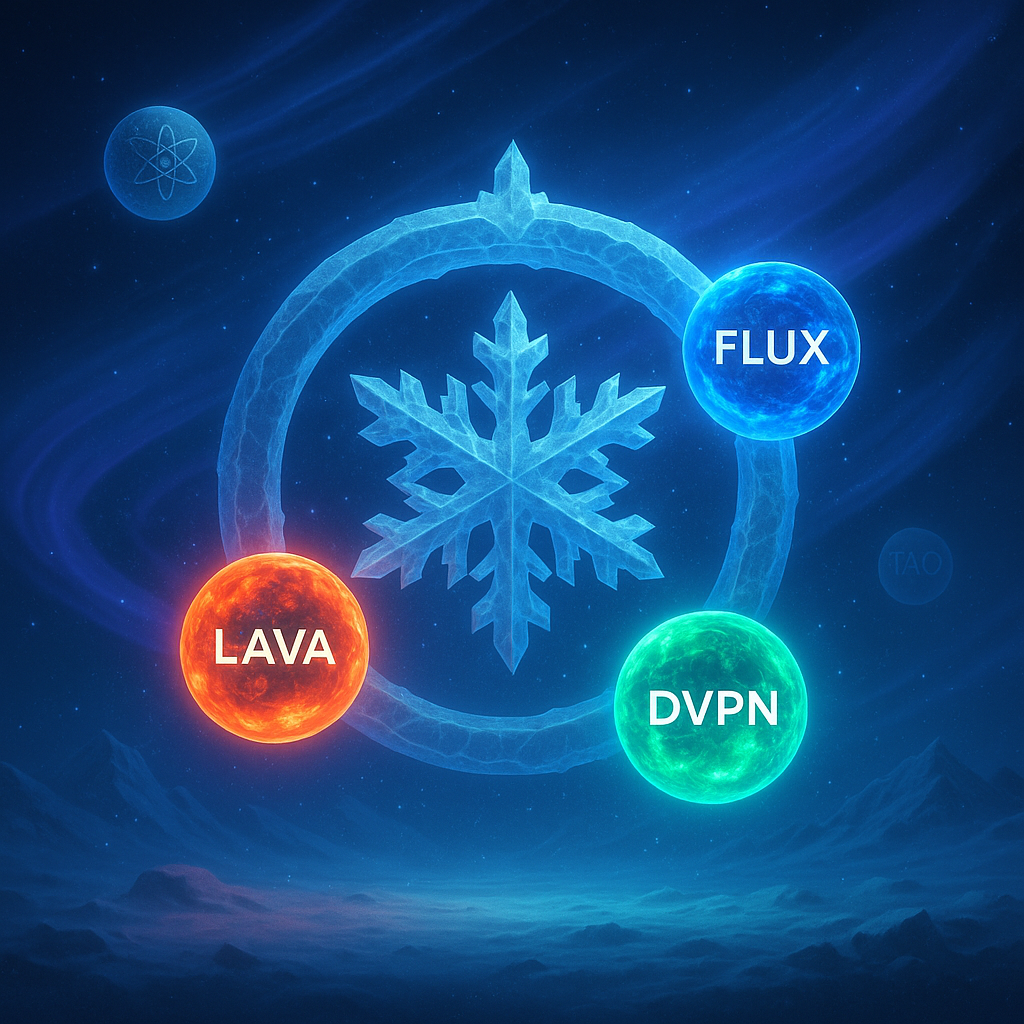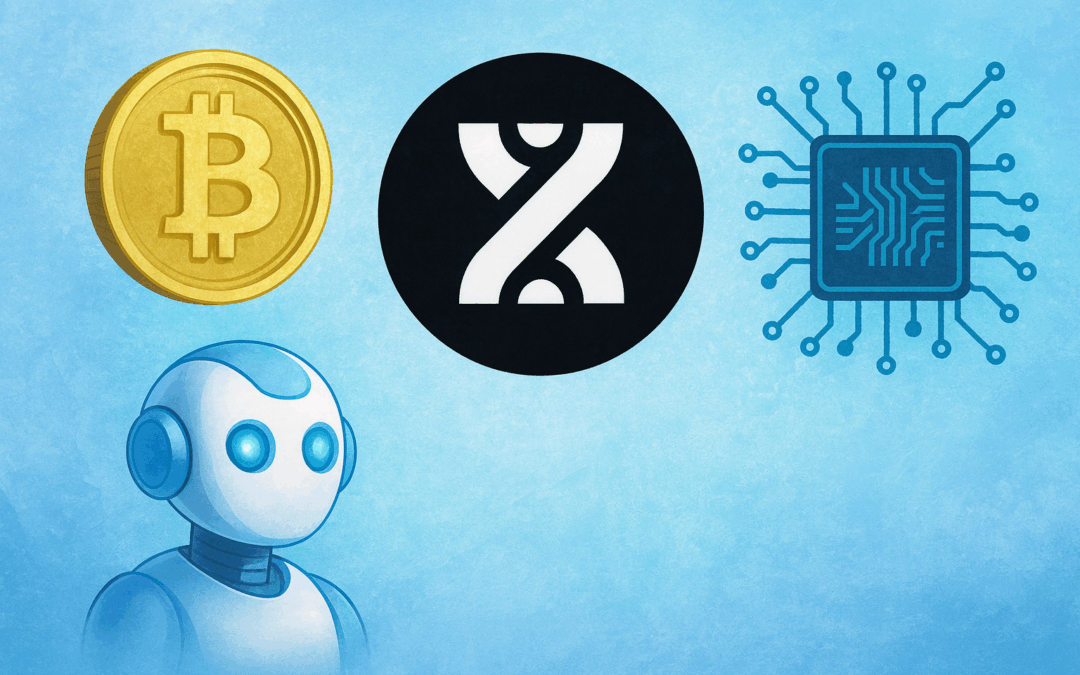In a world where cryptocurrencies are constantly evolving, native staking has emerged as an eco-friendly and profitable alternative to traditional mining. Rather than consuming enormous amounts of energy to validate transactions, POS (Proof of Stake) and DPOS (Delegated Proof of Stake) blockchains allow cryptocurrency holders to actively participate in securing the network while generating attractive passive returns.
By 2025, over $80 billion is locked in staking protocols worldwide, demonstrating the growing confidence of investors in this method. Whether you’re an experienced investor looking to diversify your portfolio or a newcomer to the crypto ecosystem, understanding the mechanisms of native staking has become essential for effectively navigating this rapidly expanding sector.
Understanding the Fundamentals of Native Staking
What is Native Staking?
Native staking involves locking your cryptocurrencies within the blockchain protocol to participate in the transaction validation process. By “staking” your assets, you contribute to the network’s security and operation, receiving rewards proportional to your participation in return.
Unlike staking solutions on centralized platforms, native staking is done directly on the blockchain, without intermediaries. This means you retain full control of your assets, a fundamental principle known as “non-custodial staking.”
POS vs DPOS: Understanding the Key Differences
Proof of Stake (POS): In this model, validators are selected to create new blocks based on the amount of cryptocurrency they hold and are willing to “lock” as collateral. Ethereum 2.0 is the most well-known example of a POS blockchain, requiring 32 ETH to become a validator.
Delegated Proof of Stake (DPOS): This variant, introduced by Dan Larimer in 2014 and first implemented on BitShares in 2015, allows token holders to vote for delegates who will validate transactions on their behalf. This system democratizes access to staking, as even small holders can participate by pooling their tokens in staking pools tied to a particular delegate, without ever physically transferring their assets to another wallet.
Blockchains like Cardano, EOS, and Tron currently use the DPOS mechanism. In this system, a limited number of delegates (usually between 20 and 100) are chosen for each new block, and rewards are shared between validators and users who have staked their tokens, proportionally to their contribution.
Strategic Benefits of Native Staking
Attractive and Predictable Returns
One of the main attractions of native staking lies in its relatively predictable returns. The profitability of staking is determined by two crucial factors: the emission rate (a fixed number of tokens issued for each new block) and the proportion of circulating tokens that are locked in staking.
For example, if 1 million tokens are issued via staking annually on a total supply of 100 million, the yield with 50% of tokens locked will be 2% per year. If only 25% of the supply is locked, the yield doubles to 4% per year.
| Blockchain | Average Annual Yield | Minimum Requirement |
|---|---|---|
| Ethereum 2.0 | 4-7% | 32 ETH |
| Cardano (ADA) | 4-5% | 1 ADA |
| Polkadot (DOT) | 10-14% | Variable |
| Solana (SOL) | 6-8% | 1 SOL |
| Cosmos (ATOM) | 8-12% | 1 ATOM |
Enhanced Security and Total Control
Non-custodial native staking, such as that offered by Snow Fall, offers superior security since your cryptocurrencies never leave your wallet. You hold onto your private keys, thus eliminating the risks associated with centralized platforms that have experienced numerous breaches in recent years.
Governance Participation and Ecological Impact
Beyond financial returns, native staking often grants you voting rights within the blockchain ecosystem. This governance participation allows you to directly influence the protocol’s evolution, a significant advantage for long-term engaged investors.
Additionally, by participating in staking, you help stabilize POS blockchains, directly reinforcing the security and functionality of the network you support.
How to Get Started with Native Staking: A Practical Guide
Evaluating Staking Options
The first step is to evaluate the different blockchains offering staking opportunities. Consider these essential factors:
- Potential Yield: Compare the APY (Annual Percentage Yield) across different cryptocurrencies
- Lock-up Period: Some protocols impose a minimum period during which your assets are locked
- Minimum Threshold: Minimum amount required to participate in staking
- Technical Risk: Stability and security of the blockchain network
Infrastructure and Technical Solutions
To participate in native staking, several options are available:
Option 1: Solo Staking
- Requires robust technical infrastructure (24/7 server)
- Necessitates advanced technical skills
- Generally demands substantial investment
Option 2: Non-Custodial Staking Services
- Your provider manages the technical infrastructure
- You retain full control of your assets
- Simplified user interface
Option 3: Staking Pools
- Allows pooling resources among multiple participants
- Reduces entry barriers in terms of capital
- Particularly suitable for DPOS systems where you can participate using a staking service provider to pool your tokens without transferring them physically.
Evolution to Liquid Staking
A recent innovation in the staking ecosystem is “liquid staking,” offering several advantages over traditional staking:
- Increased Flexibility: Possibility to use your staked assets for other financial activities without having to unstake them
- Reduced Opportunity Cost: Elimination of strict token lock-up for a determined period
- Promotion of Adoption: Mechanism allowing holders to use their staked assets as collateral, increasing the utility and value of cryptocurrencies
Conclusion: The Future of Native Staking
As the cryptocurrency industry matures, native staking is solidifying its place as a fundamental pillar of the blockchain ecosystem. Not only does it offer an energy-efficient alternative to traditional mining, but it also allows investors to generate passive income while actively contributing to the security and decentralization of networks.
Non-custodial native staking perfectly embodies the philosophy “Not Your Keys, Not Your Coins,” which is at the core of the blockchain revolution. By choosing solutions like Snow Fall to manage your staking infrastructure, you combine ease of use with the utmost security of maintaining total control over your assets.
In 2025, with the ongoing evolution of PoS and DPoS protocols, staking asserts itself as an essential strategy for crypto investors seeking both yield, security, and active participation in the blockchain ecosystem. Platforms like Crypto.com are currently offering up to 16% staking rewards, demonstrating the lucrative potential of this approach.
Ready to discover how to maximize your returns while maintaining full control of your cryptocurrencies? Explore Snow Fall’s non-custodial staking solutions and join the enlightened staker community securing the future of POS and DPOS blockchains.








